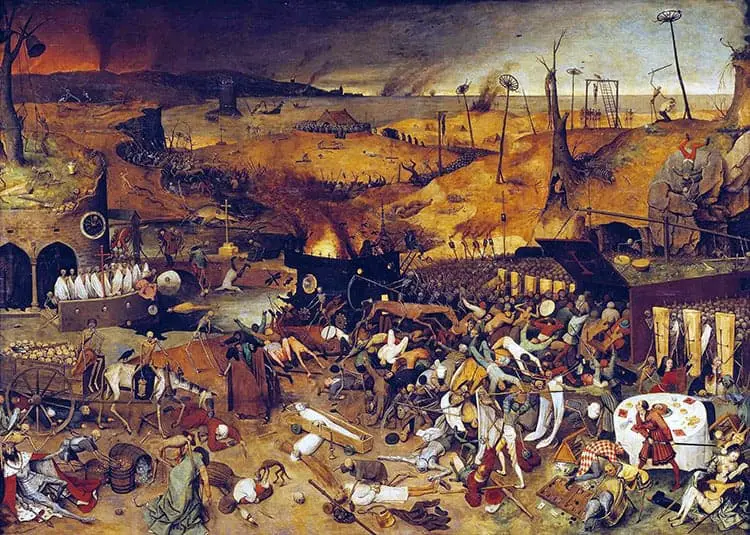History is full of tragic events that caused immense suffering and loss of life. Some of these events were natural disasters, such as earthquakes, floods, and epidemics, while others were human-made, such as wars, genocides, and famines. Here is a list of the top 10 worst events in history, based on the estimated death toll and the impact they had on the world.
10. Cambodian Genocide (1975-1979)

The Cambodian genocide stands as one of history’s most horrifying events, characterized by a sweeping wave of mass killings that claimed the lives of approximately 2 million people. Orchestrated by the Khmer Rouge regime under the leadership of Pol Pot, this devastating chapter was driven by a vision to establish a communist agrarian utopia.
However, the ideals that fueled this movement gave way to unspeakable horrors.
The victims of the Cambodian genocide comprised a range of individuals – ethnic minorities, intellectuals, religious groups, and anyone perceived as a potential adversary to the regime’s aims.
The methods employed in executing this atrocity were chillingly diverse, as the Khmer Rouge utilized executions, torture, starvation, disease, and forced labor within brutal labor camps.
These mechanisms of suffering, fueled by an ideology that sought to eliminate perceived opposition, inflicted unimaginable pain and left indelible scars on the nation’s collective memory.
The culmination of this harrowing period came with the intervention of Vietnam in 1979. The invasion resulted in the overthrow of the Khmer Rouge, effectively bringing an end to the genocide.
9. China’s Great Leap Forward (1958-1962)
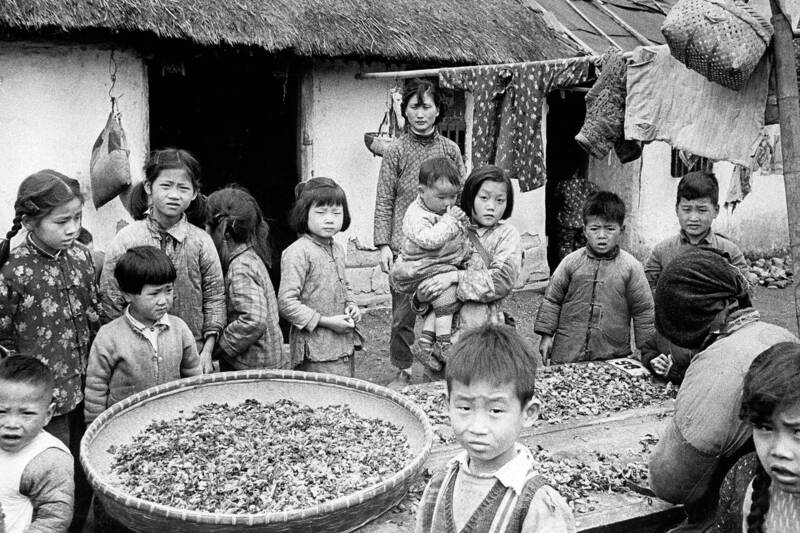
The Great Leap Forward was a campaign launched by Mao Zedong to rapidly industrialize and collectivize China’s economy.
The campaign compelled millions of peasants into labor-intensive communes, burdened with unattainable steel and grain quotas.
The campaign resulted in widespread famine, as millions of peasants were forced to work in communes and produce unrealistic quotas of steel and grain.
Droughts, floods, pests, and political repression further exacerbated the situation, culminating in a widespread famine of staggering proportions.
The tragic toll on human life was catastrophic, with estimates placing the death count between 15 to 45 million people.
This chapter serves as a stark reminder of the perilous ramifications of misguided policies and unchecked zeal, casting a long shadow over China’s history.
8. Chernobyl Disaster (1986)
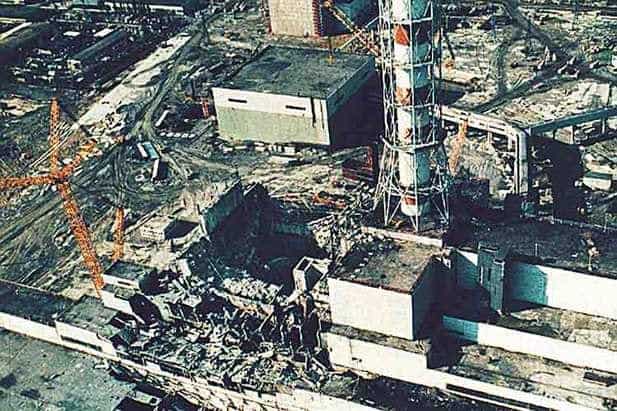
The Chernobyl disaster was a nuclear accident that occurred at the Chernobyl Nuclear Power Plant in Ukraine, then part of the Soviet Union.
The accident was caused by a flawed reactor design and human error during a safety test.
The incident led to a devastating explosion and fire, spewing immense volumes of radioactive material into the atmosphere.
The aftermath was a haunting spread of contamination across Ukraine, Belarus, Russia, and Europe.
While the immediate death toll was 31, the enduring impact was far graver.
Thousands succumbed to radiation-induced illnesses and cancers over subsequent years.
The disaster’s far-reaching ramifications extended beyond health, inflicting severe environmental, social, and economic upheaval upon millions.
Chernobyl serves as a chilling reminder of the monumental consequences that arise from the intersection of technology, human error, and the precarious nature of nuclear power.
7. Mongol Conquests (1206-1368)
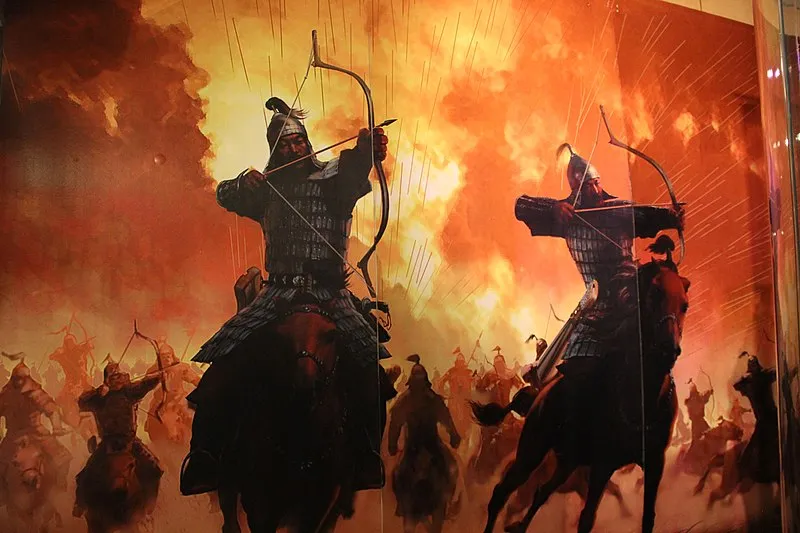
The Mongol conquests were a series of military campaigns by the Mongol Empire, founded by Genghis Khan and his successors, that spanned most of Asia and parts of Europe and Africa.
This expansive empire, notorious for its merciless strategies encompassing civilian massacres, city obliterations, and disease propagation, transformed the course of history. The human toll was staggering, with an estimated 20 to 60 million lives lost – roughly 10% of the global population then.
6. Great Purge + Holodomor (1930s)
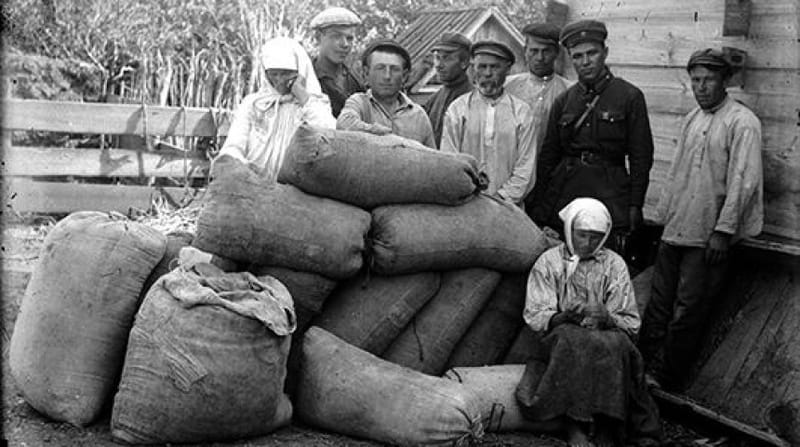
The Great Purge was a event of political repression and terror by Joseph Stalin that targeted anyone suspected of being disloyal or oppositional to his rule in the Soviet Union.
The campaign brought forth a tide of mass arrests, executions, deportations, and orchestrated show trials. The ruthless scope encompassed millions, ranging from party members and military officers to intellectuals, artists, ethnic minorities, and religious communities. The catastrophic consequences reverberated in a death toll estimated between 3 and 9 million. In tandem, the Holodomor, a man-made famine born from Stalin’s policies, engulfed Ukraine. The combined forces of collectivization and grain requisitioning culminated in the agonizing deaths of approximately 4 million individuals through starvation and disease. Both events etch a stark testament to the abhorrent human toll exacted by unchecked political power and oppressive policies in the annals of the 20th century.
5. Second Sino-Japanese War + Nanjing Massacre (1937-1945)
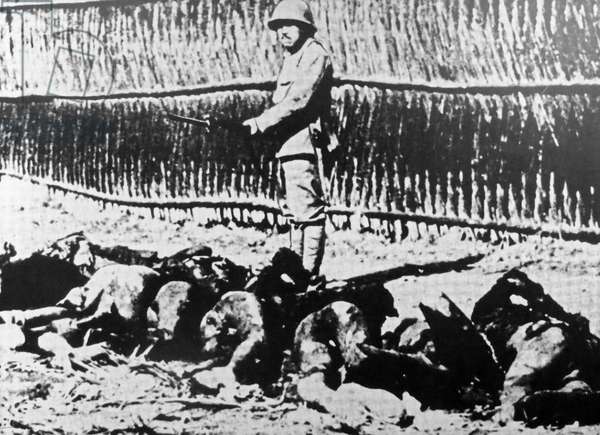
The Second Sino-Japanese War, spanning from Japan’s 1937 invasion of China to its eventual surrender in 1945, marked a miseriest periods in history.
Amidst the turmoil, both sides committed unspeakable atrocities, encompassing massacres, rapes, torture, biological warfare, and forced labor.
The notorious Nanjing Massacre, etched as one of the most chilling atrocity, unfolded in December 1937.
Japanese forces seized Nanjing, the then capital of China, and embarked on a six-week rampage that claimed the lives of up to 300,000 civilians and prisoners of war.
The war’s death toll casts a staggering shadow, with estimates ranging between 15 to 25 million lives lost.
This tumultuous period, characterized by its brutality and devastation, stands as a stark testament to the horrors of unchecked conflict and the indomitable human spirit in the face of such immense adversity.
4. Transition from Ming to Qing (1618-1683)
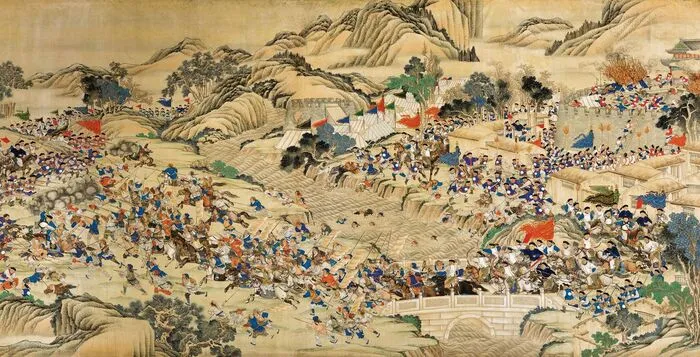
The transition from Ming to Qing was a period of dynastic change in China that involved a series of rebellions, invasions, and civil wars.
The collapse of the Ming dynasty in 1644, brought about by corruption, natural disasters, and peasant uprisings, laid the groundwork for change. Emerging from the north, the Manchu people established the Qing dynasty, ultimately conquering much of China by 1683.
However, they encountered formidable resistance from loyalists and rebels alike.
Amidst this period of transformation, a staggering human toll emerged, with estimates placing the death count between 25 and 35 million individuals – a haunting quarter of China’s population during that era. This period of dynastic change stands as a testament to the complex interplay of political upheaval, societal shifts, and the irreplaceable human cost.
3. Black Death (1346-1353)
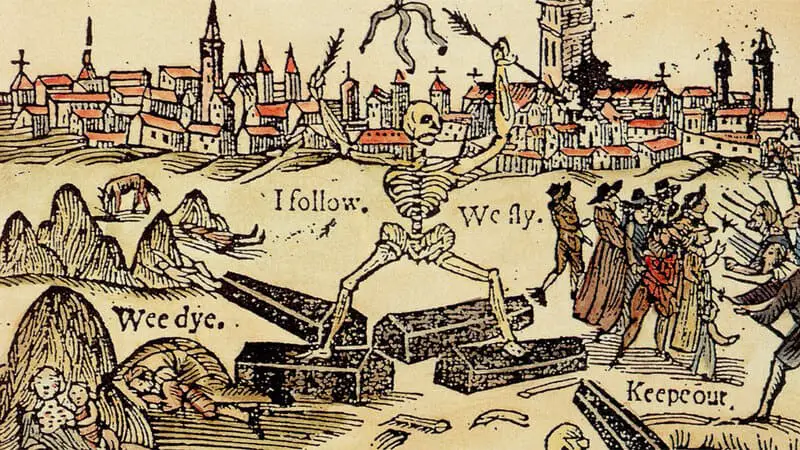
The Black Death, a widespread pandemic of bubonic plague during the 14th century, devastated Europe, Asia, and North Africa. Carried by fleas from rats to humans, the disease’s impact was cataclysmic.
Approximately a third of Europe’s population – roughly 25 million individuals – succumbed to its lethal grasp.
Globally, the pandemic diminished the world’s population by around 100 million people.
Beyond the staggering death toll, the Black Death ushered disturbind deep changes.
It had profound social, economic, religious, and cultural impacts on the affected regions.
2. World War I (1914-1918)
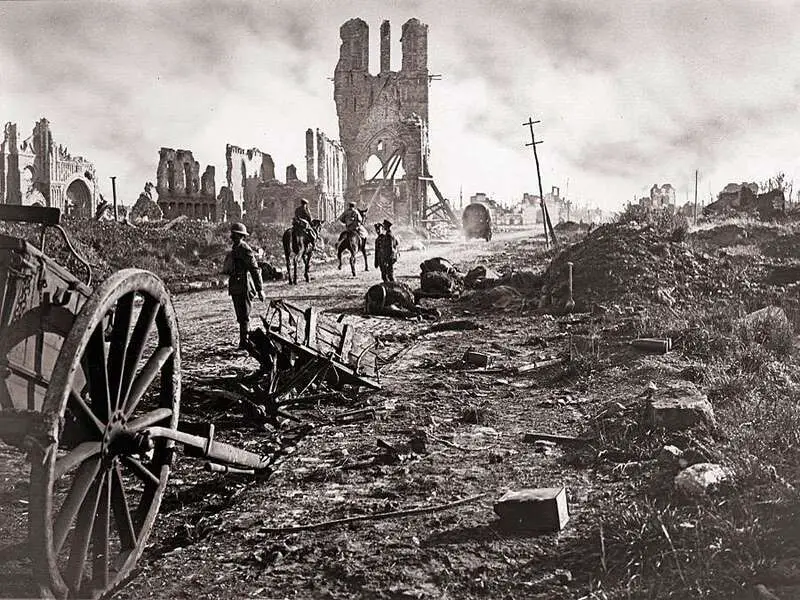
World War I was a global war that involved more than 40 countries and was triggered by the assassination of Archduke Franz Ferdinand of Austria-Hungary in Sarajevo.
The war was fought mainly in Europe, but also in Africa, Asia, and the Middle East.
With innovations like machine guns, tanks, airplanes, submarines, and chemical warfare, the war introduced unprecedented brutality and scale. This era of upheaval inflicted civilian suffering through famine, disease, displacement, and genocide. The war’s grim legacy echoes in the estimated toll of 15 to 22 million military personnel and 6 to 13 million civilian lives lost. World War I’s devastating scope underscores the calamitous potential of geopolitical tensions, introducing a new era of conflict with far-reaching consequences for global history.
1. World War II (1939-1945)
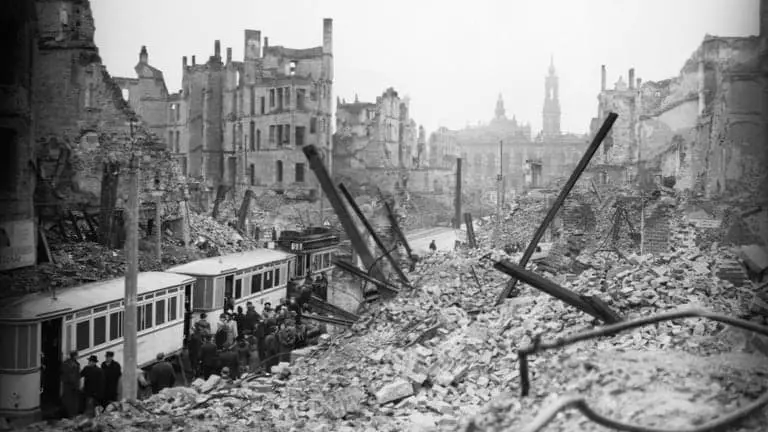
World War II was a global war that involved more than 60 countries and was sparked by Nazi Germany’s invasion of Poland in 1939.
The war was fought on multiple fronts, such as Europe, Asia-Pacific, North Africa, and the Middle East.
Amidst the turmoil, the war bore witness to heinous acts, including the Holocaust, atomic bombings of Hiroshima and Nagasaki, the Rape of Nanking, and the Bengal famine. The war’s impact reverberated through millions, generating refugees, prisoners of war, and forced laborers. The staggering human cost is estimated between 60 and 85 million lives lost – an estimated 3% of the world’s population at the time.
These are some of the worst events in history that caused unimaginable suffering and devastation. However,
they also teach us valuable lessons about humanity, conflict, and resilience. By learning from history, we can hope to prevent or mitigate future disasters and create a better world for ourselves and future generations.
